In Dhi Qar Province, in the very south of Iraq, there is an ancient structure called The Ziggurat of Ur. It is located next to the ruins of the city of Ur, which was a legendary Sumerian city-state in ancient Mesopotamia. In the middle of the third millennium BCE, the ancient Mesopotamians were building massive stepped platforms out of fired bricks called ziggurats. And to this day some of them stand to tell the story of the time and still hold the spirit of the people and their gods.
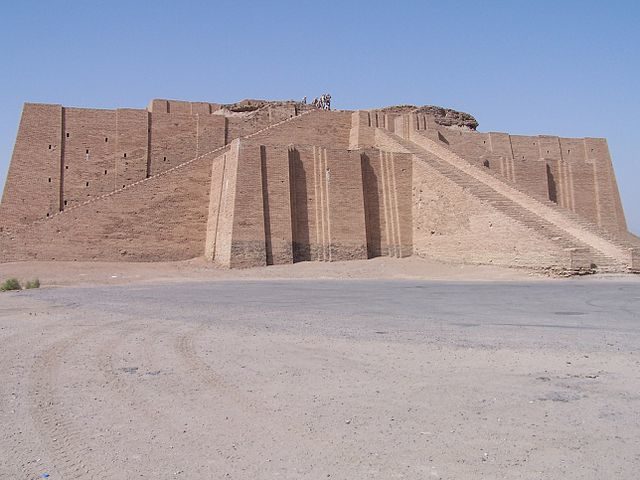
The Ziggurat of Ur is a Neo-Sumerian ziggurat built around 21 centuries before Christ, at the time of the Early Bronze Age. It was built by King Ur-Nammuof the Third Dynasty of Ur and was dedicated to Nanna(The Bright one). Nanna was the god of the moon and with this temple it became a divine patron of the great city of Ur. The Ziggurat was located in the temple complex of the city-state, which was the administrative core of Ur. Only priests, who were one of the most powerful members of the Sumerian society, were allowed on the ziggurat or inside of it. And only they could offer sacrifices and suffice the gods and their needs.
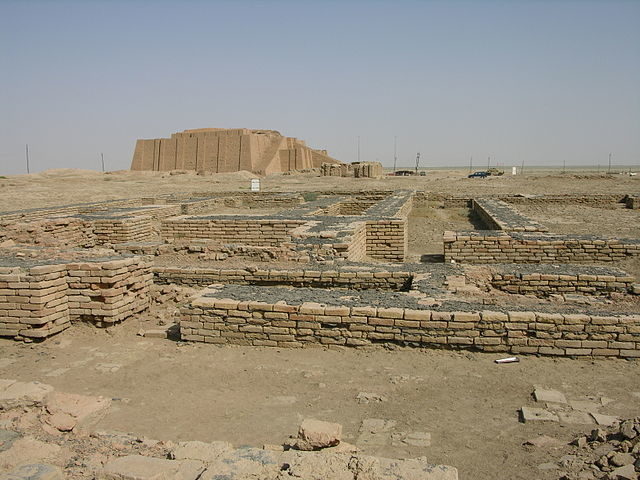
Unfortunately, King Ur-Nammu died before the temple was finished, and the construction was completed by his son and successor King Shulgi. He managed to rule for 48 years and at his time Ur flourished and became the capital of the state. Eventually, Ur became the most powerful city and controlled almost all of ancient Mesopotamia at the time. In order to gain the allegiance of the newly conquered city-states and display his great power, King Shulgi announced himself as a god to the Mesopotamians. However very soon after his death, Ur began to decline and with it the ziggurat slowly became more ruins than a temple. In the 6th century, somewhere around the Neo-Babylonian period, the ziggurat was restored and upgraded by King Naboidus, the last ruler of the Neo-Babylonian Empire. He built four more stores to it, which was now a total of seven, rather than the previous three.
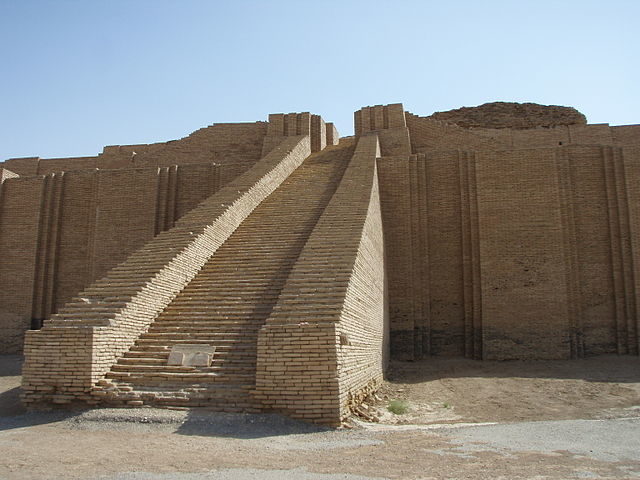
The remains of the massive rectangular structure are three-layered solid mass of mud brick core and burnt bricks in bitumen. The lowest layer is from the original construction and the upper two are from the Neo-Babylonian repairs, including amazing engineering and design details.Holes were added through the baked exterior layer of the temple, allowing water to evaporate and drains were built into the terraces to carry away winter rains. Three levels of terraces were discovered, with big staircases leading to every level. It is believed that the temple of Nanna was at the top of the Ziggurat, however it did not survive and no remains of it have been ever discovered.
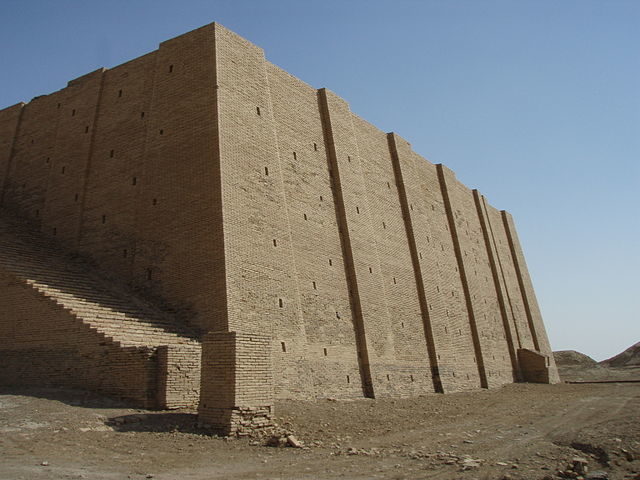
The remains of the ziggurat as we know it today were first discovered in 1850 by William Loftus. But it took more than 70 years for more extensive excavations to take place. The name that sticks around this first thorough explorations is Sir Leonard Wooley, in a project backed up by The University Museum of the University of Pennsylvania and the British Museum. The Ziggurat of Ur is one of the three well-preserved structures of the Neo-Sumerian period. This ancient step “pyramid” measures 210 ft(64 m) in length, 148 ft(45 m) in width and was around 98ft(30 m) in height back in its heydays. Today mainly the foundations are the only thing standing towards the sky. In 2016 the Ziggurat of Ur was added to the list of World Heritage Sites protected by UNESCO.
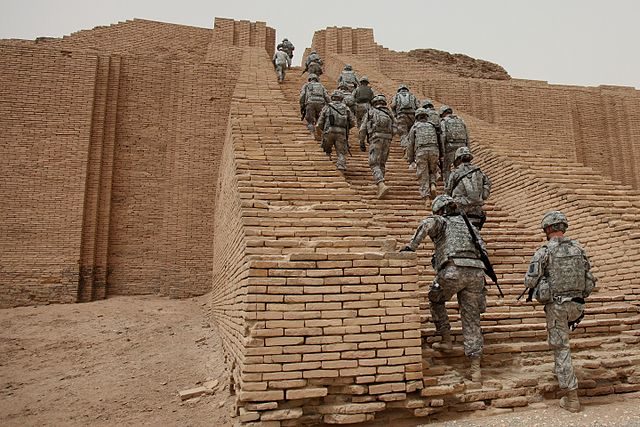
In the 1980s another repair was undertaken, ordered by the former Iraqi president Saddam Hussein. The facade and the three monumental staircases were rebuilt with layers of modern bricks to protect the old ones. Sadly, the Ziggurat of Ur suffered some damaged in the Gulf War in 1991. Thinking that this is a safe spot, and won’t be bombed and damaged, Saddam Hussein parked his MiG fighter jets next to it. However this tactic proved not so useful and the Ziggurat was still bombed and suffered minor damage, the planes on the other hand suffered a bit more.
